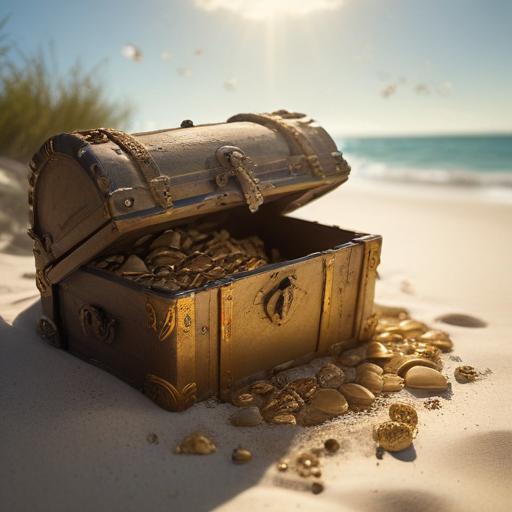In a fascinating development for maritime archaeology, researchers have potentially identified the sunken remnants of the Nossa Senhora do Cabo, a Portuguese ship that was seized by pirates in 1721 while transporting a lucrative cargo headed for Lisbon. This discovery, attributed to experts from the Center for Historic Shipwreck Preservation in Massachusetts, follows 16 years of research and analysis, with the findings recently published in Wreckwatch Magazine, although they have yet to undergo peer review.
The shipwreck is situated off the coast of Nosy Boraha, also known as Île Sainte-Marie, an island that was once a notorious stronghold for pirates during the “Golden Age of Piracy.” The capture of the Nossa Senhora do Cabo was marked as a significant event of its time, showcasing the challenges faced by merchant vessels during the era.
Using advanced sonar imaging and remote sensing technology, the researchers have reconstructed insights into the ship’s identity based on its structural remains and artifacts discovered nearby. Among the objects recovered are religious figures and items crafted from wood and ivory, such as a statue of the Virgin Mary and an inscribed ivory plaque. These artifacts are believed to have originated from Goa, which was under Portuguese colonial rule at the time.
Archaeological records indicate that the Nossa Senhora do Cabo was laden with a staggering cargo, including gold and silver bars, coins, silks, and an array of precious stones estimated to amount to over $138 million in today’s value. This included 110 diamonds, 250 emeralds, 20 rubies, and 20 sapphires—an impressive bounty even by pirate standards.
The ship was reportedly bound for Lisbon with a Portuguese viceroy, the Archbishop of Goa, and more than 200 enslaved people from Mozambique aboard when it was attacked on April 8, 1721, near Réunion Island. Although the viceroy was eventually ransomed, the fates of the archbishop and the enslaved individuals remain unclear. Notably, the ship’s capture was facilitated by the infamous pirate Olivier “The Buzzard” Levasseur, taking advantage of the vessel’s prior damage inflicted by a storm.
Brandon Clifford and Mark Agostini, the study’s authors, suggest that the region surrounding Île Sainte-Marie is likely home to several other undiscovered wrecks, with estimates of seven to ten additional sites waiting to be explored. This highlights the potential for future discoveries that could further illuminate our understanding of historical maritime activities and the stories of those who traversed the seas during this tumultuous period.
With ongoing advancements in underwater archaeology, researchers are optimistic about uncovering more treasures and stories from the past that have been hidden beneath the waves.
